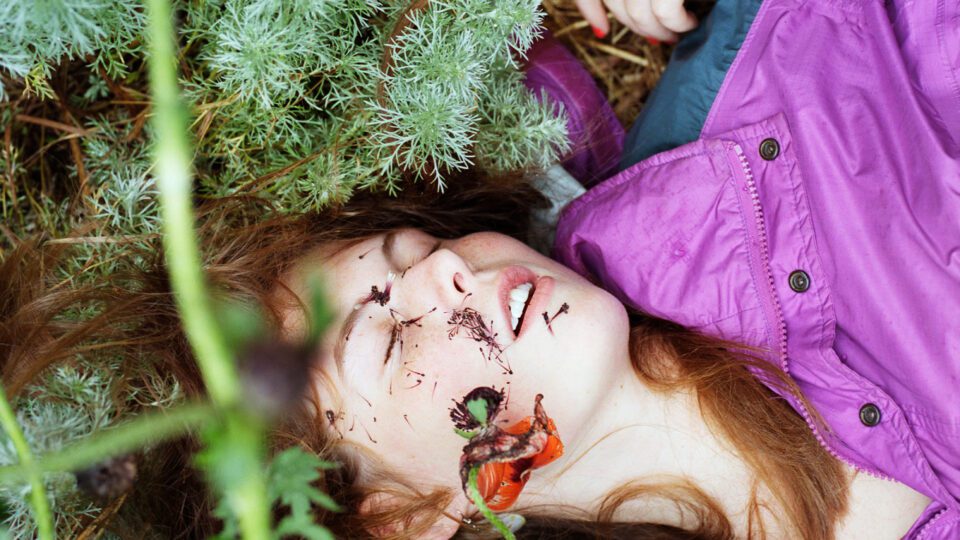Siri Kaur (b. 1976) has been photographing her family for more than 30 years. The artist was born into the Happy Health Holy Organisation, a New Age religious movement that many members, including Kaur, have described as a “cult.” Her family have since left the organisation, establishing a rural living community in Vermont. Kaur documents their bucolic way of life, where nature is as much a character as any of her relatives. Her most recent project is Sistermoon, a new publication from VOID, which sees her sister, Simran, take centre stage. The images collectively form a narrative, tracing the process of her sister growing from a young, free-spirited girl to an adult women with her own children. The bond between the two is tangible throughout, with Kaur lovingly using the camera as a tool to document the fleeting moments of childhood and complicated feelings of adolescence. Here, the lens is a way to both catalogue and connect, forming an archive of what it means to be a women, and a family, in the 21st century. We spoke to Kaur about the ways her biography informs her work, balancing being the sister/muse relationship and how photography can foster conversations about shame and the female body.
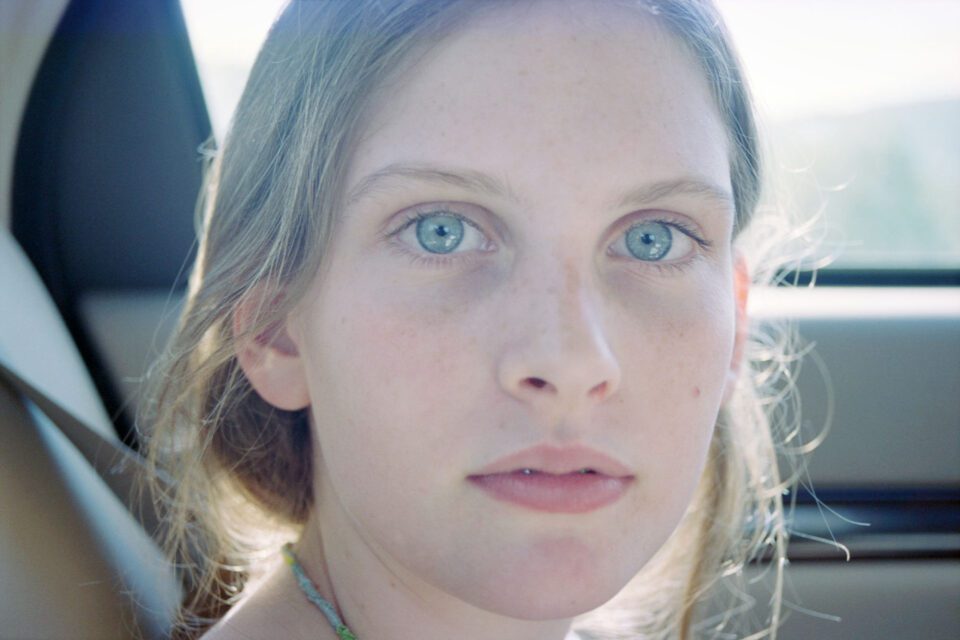
A: Tell us about how you began working behind the lens?
SK: When I was quite young, in elementary school, I received a polaroid camera for my birthday. I took it on vacation to Florida and was stunned by an amazing looking woman on the plane. She was wearing an emerald green pantsuit, with fluffy red layered 1980s hair – entrancing! I asked her if I could take her picture and after this, I started photographing strangers. It’s such a weird choice for a little girl but even then, I was interested how people’s appearance is both influenced by, and creates, social structures. I think growing up with such strange looking parents – their sect mandated turbans for both men and women and entirely white clothing – made me a keen observer of the ways we construct our identity through visible markers. Like many artists, I never fit well into groups, so taking photographs helped me belong on the sidelines. Over the years, carrying around my camera and documenting the world became second nature.
A: How did this project come about?
SK: Quite organically! Whenever I visited my father’s family, my sister Simran was the one who enjoyed making pictures with me. So, I kept taking photos of her and over time the project emerged. Never overlook the everyday world that orbits right around you.
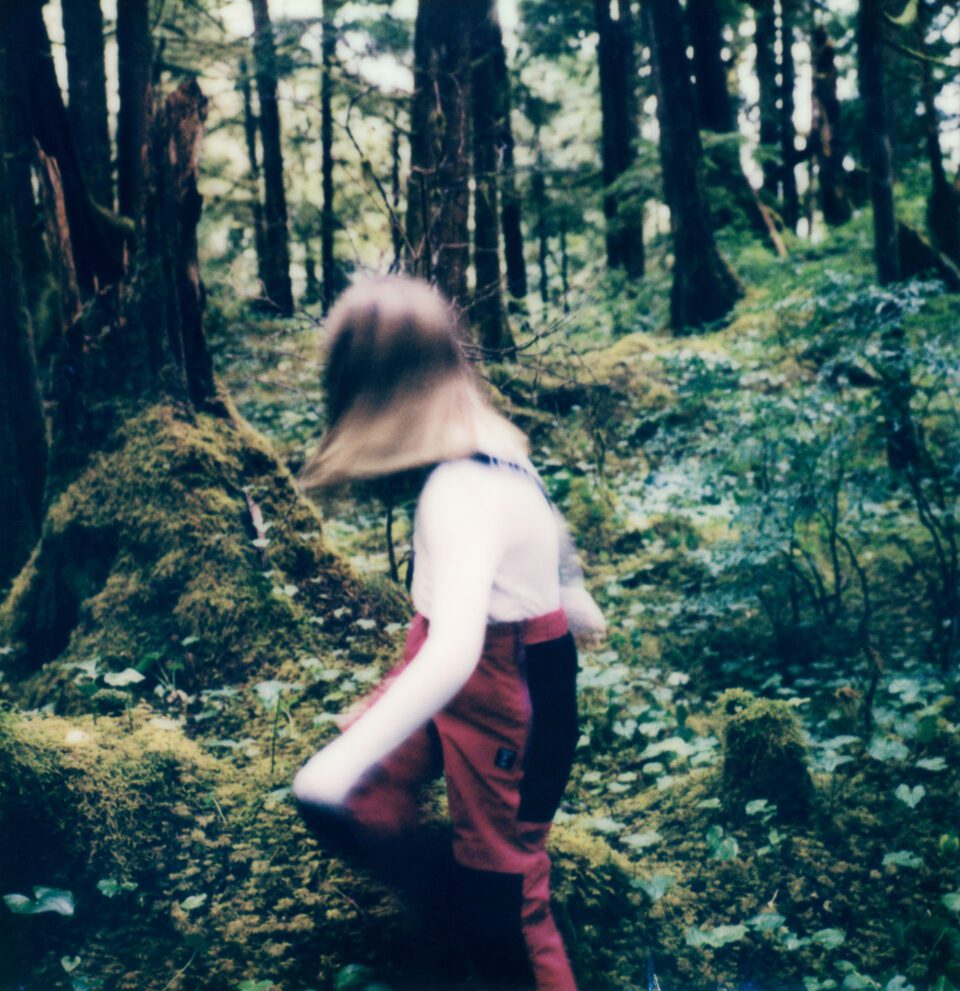
A: Sistermoon opens with a timeline of photographs from your mother’s family, taken in the 1950s by your grandfather. Why did you choose to start there?
SK: I saved vintage slides from my grandfather’s trash when he moved into an assisted living facility in 2000. I hoarded them for years, searching for clues about my mother’s early life. They’re very beautiful, with colours rendered in vivid Kodachrome and evidence of love in the small hand gestures of my grandmother and great-grandmother holding their children. In Sistermoon, my mother’s family represents a kind of 1950s ideal that serves a foil to the alternative religion and rural lifestyle of my parents and siblings that we encounter later in the book. In the mid 20th century, amateur shutterbugs were usually men, so the images were made by my grandfather and provide an important record of the women in my family. Simran and I disrupt the traditional male artist / female subject dynamic as sister / photographer and sister / muse. The book starts by establishing the more traditional lineage from which our artistic relationship later diverges. My mother isn’t even Simran’s mother – Simran is actually my half-sister on my father’s side. That doesn’t matter because the book is not a strict document, rather it is about the cycle of life as experienced by the women I love.
A: The book is like a time capsule, recording childhood moments right through to your sister with her own daughter. How much is it about the passage of time?
SK: Photography is my defense against the relentless march of time. It is a way to preserve miniature fragments of the people I love. I think all my work is like a piece of Victorian hair jewelry, a memento mori, reminding me to live in the present moment but also letting me feel sadness at what has already passed.
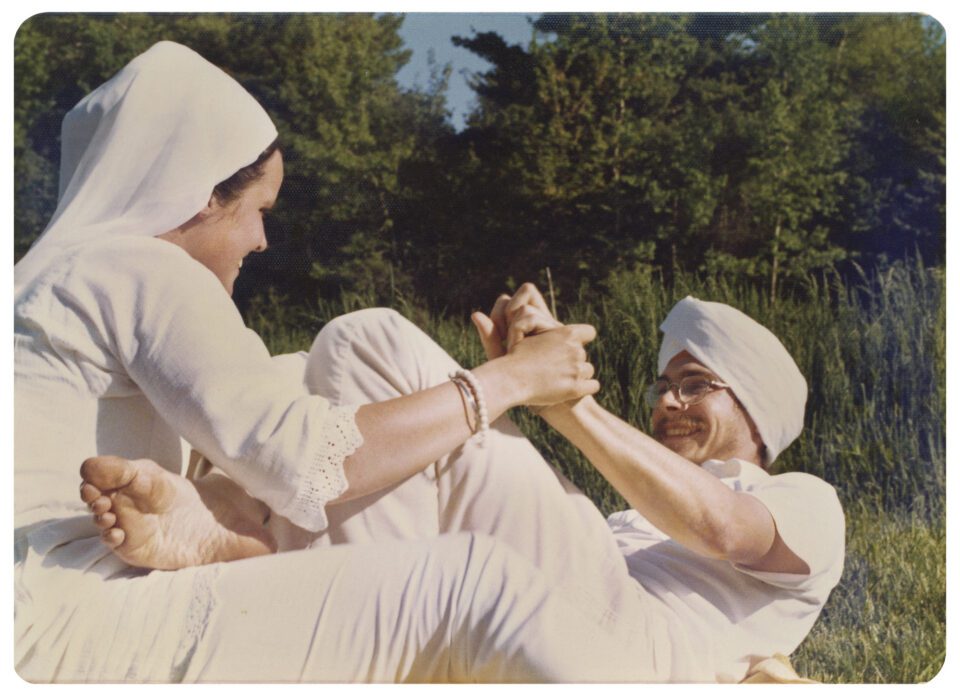
A: You describe being born into a cult – one image depicts your parent’s wedding at the Happy Healthy Holy Organisation in 1976 – before your father left to establish a rural living community. You moved out when your sister was two. How has photography been a way to remain connected with your family?
SK: My parents left the cult when I was a little kid and they later divorced. My father made his way to Vermont where he bought a piece of land in the country. Throughout the school year, I lived with one of my sisters and our mother in Maine. We visited our father during the summer, who always had fascinating people staying around the property – Indian Sikhs, environmentalists, activists of various kinds. Now all four of my siblings live most of the year there. I am the oldest of my father’s five children; I went to boarding school when my youngest sister was two. I think it’s because of our large age gap that we forged a unique kind of relationship as sister / artist / collaborators. I’ve made my home in Los Angeles but photographing my sisters, their children and the natural world around their homes has become a huge part of my work. I am simultaneously an outsider but still part of the family, and my position as image-maker is just a part of our group. The act of looking deeply by making pictures is the main way I express love.
A: Nature is a prominent character throughout the book. Tell us about how you use this motif.
SK: As befits someone born into a New Age cult, I adhere to a druidic belief in the power of nature, so the characters of animals and trees form an important conceptual underpinning in the book. My youngest sister is the main character in my fairytale. I’m quite influenced by folk horror films such as The Wicker Man and The Company of Wolves that tell the story of civilised men who encounter unruly forces of nature and wild women who destroy them. I remember realising the power I had as a young girl going through puberty and how this was often met with hostility. In my work, as in folktales, nature serves as a metaphor for the forces of the feminine that are often met with fear in our culture.
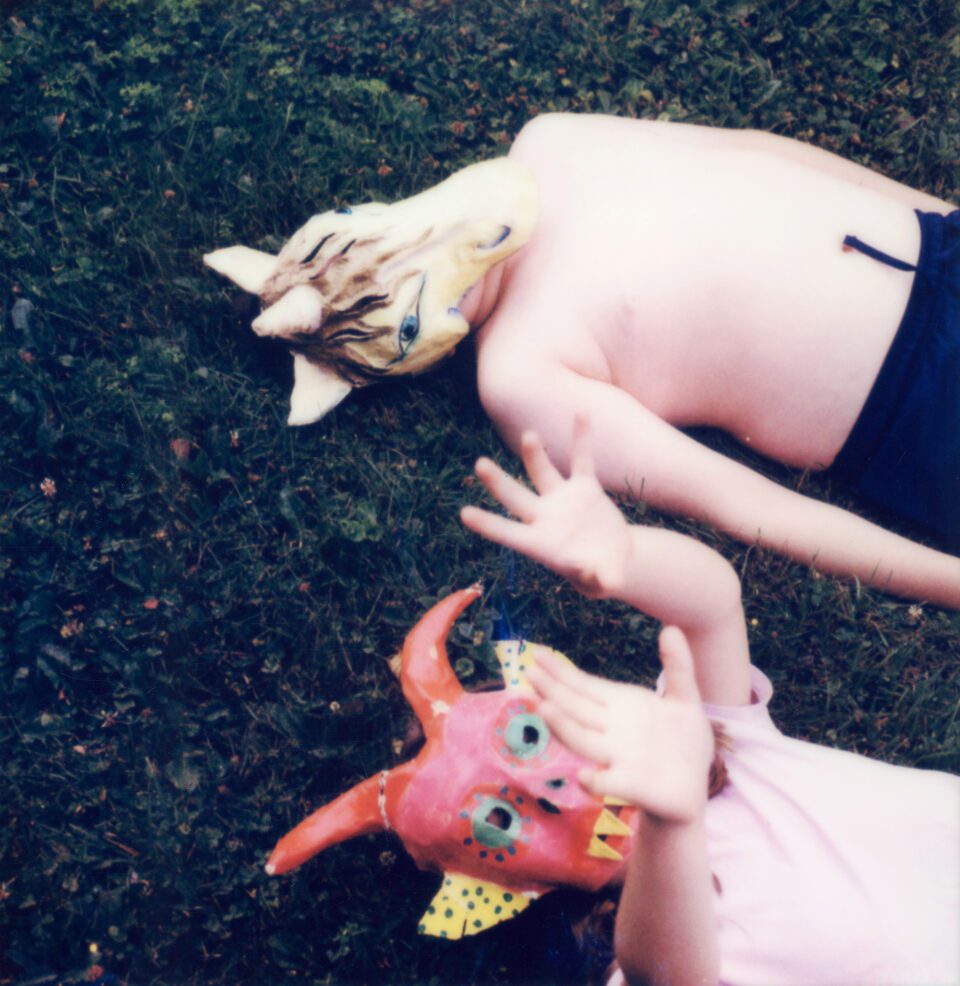
A: There’s a very powerful section at the end of the book that is a conversation between you and your sister, touching on adolescence, sisterhood and the female body. Why was it important to include this?
SK: I wanted to give Simran an actual voice in addition to using her image. The text is drawn from an interview where I asked her questions about the process of being photographed because I wanted to better understand her experience of being my muse for decades.
A: In one particularly candid question, you ask “does it change our relationship that I’m always taking pictures?” How do you balance the role of sister and artist?
SK: I was scared to do the interview with Simran and terrified to ask her this specific question because what if I didn’t like the answer? Over the years, there have been times when my sister was irritated, or she just wasn’t in the mood to have a camera in her face, and I tried to respect that. Sometimes I put it down, for example there is a picture of her in her wedding dress, but I didn’t photograph the actual ceremony because I wanted to be fully present. It helps that Simran is an artist herself – she is a talented sculptor – so she understands what it means to lead a creative life. I think she is so used to having lots of images made of herself all the time that it feels normal, but I sometimes feel guilty that I am always making pictures of our lives instead of just being there. But I can’t stop! It’s truly a balancing act.
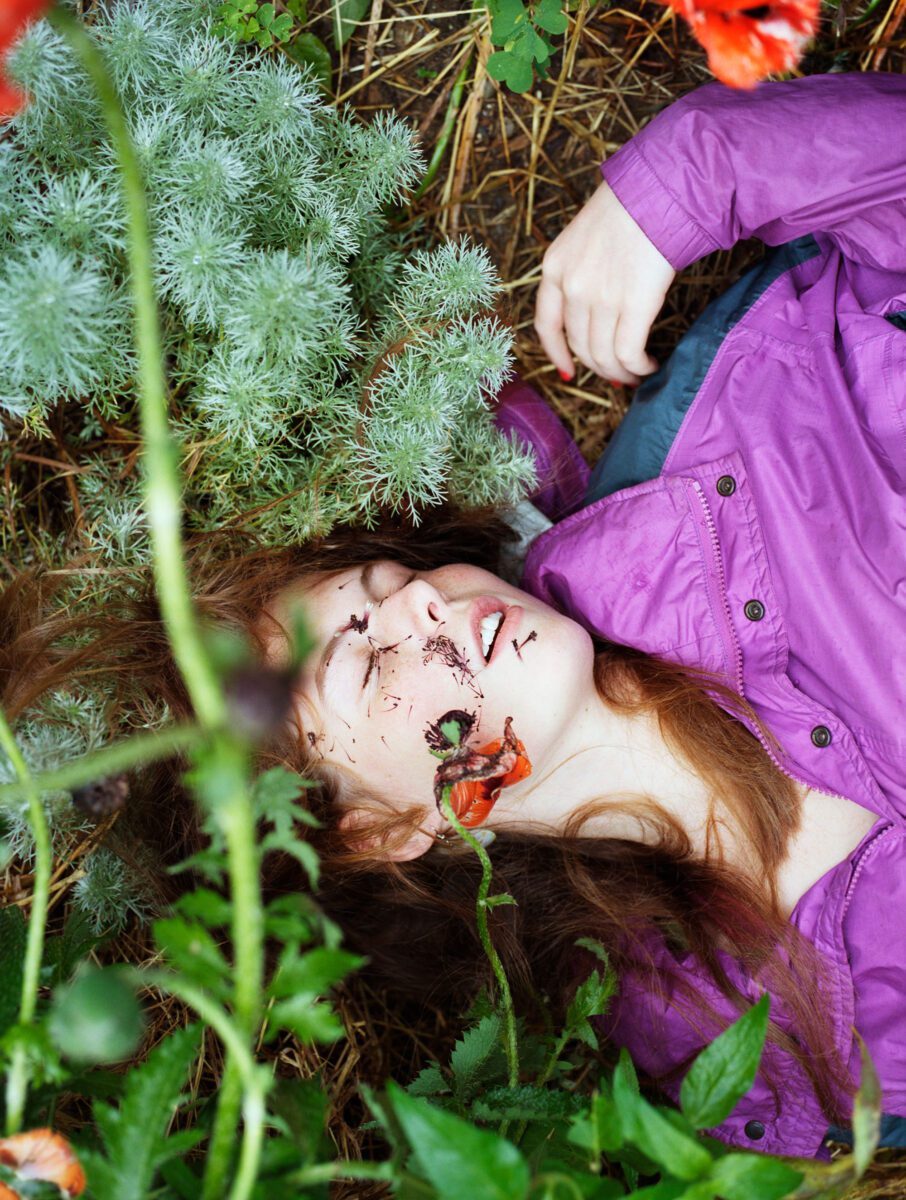
A: The images are often about shame, both that which is enforced on girls and internalised as they become women, and your sister’s rejection of it. How is photography a tool to banish this feeling?
SK: I felt a huge amount of shame when I went through puberty. I developed early and started being catcalled incessantly around age 12, and I remember being so confused and horrified. What was I doing wrong? The answer is, of course: nothing. The shame I felt was not mine, it belonged to the people sexually harassing a child. Since I am 14 years older than her, I saw Simran’s body changing in my photographs, and I innately recognised that she was going through a similar experience but that it was a different experience for her. She has always had an innate confidence in her bones. Photographing her was a way for me to relive puberty but with less shame. Sexualisation of girls and young women is such a deeply ingrained part of our culture. I do think there is something innately problematic and objectifying about portraiture, after all you are literally turning someone into an object. But I also know that photographs aren’t really the person, they are a piece of paper that represents a split second of someone’s essence, framed and lit by the artist and their camera. I want the viewer to feel the complex levels of objectification and shame that they have towards their own body when they look at my portraits, and perhaps, as a consequence, re-evaluate their relationship to images of others.
A: What do you hope people take away from reading the book?
SK: Photographing my sister for more than 30 years has been such a gift, to be able to look at someone so closely and to be allowed this intimacy is rare and precious. I hope the project might inspire people to engage more deeply with their lives, to see those around them and take notice. The book is dedicated to “my sisters and our mothers,” and I mean not just my biological family, but all who stand with us to fight the oppression of patriarchy in its myriad insidious forms. I invite you to join us.
Sistermoon is published by VOID: void.photo
Words: Emma Jacob & Siri Kaur
Image Credits:
1&6. In the flowers © Siri Kaur.
2. Age Nine © Siri Kaur.
3. Forest © Siri Kaur.
4. Wedding © Siri Kaur.
5. Monsters © Siri Kaur.


